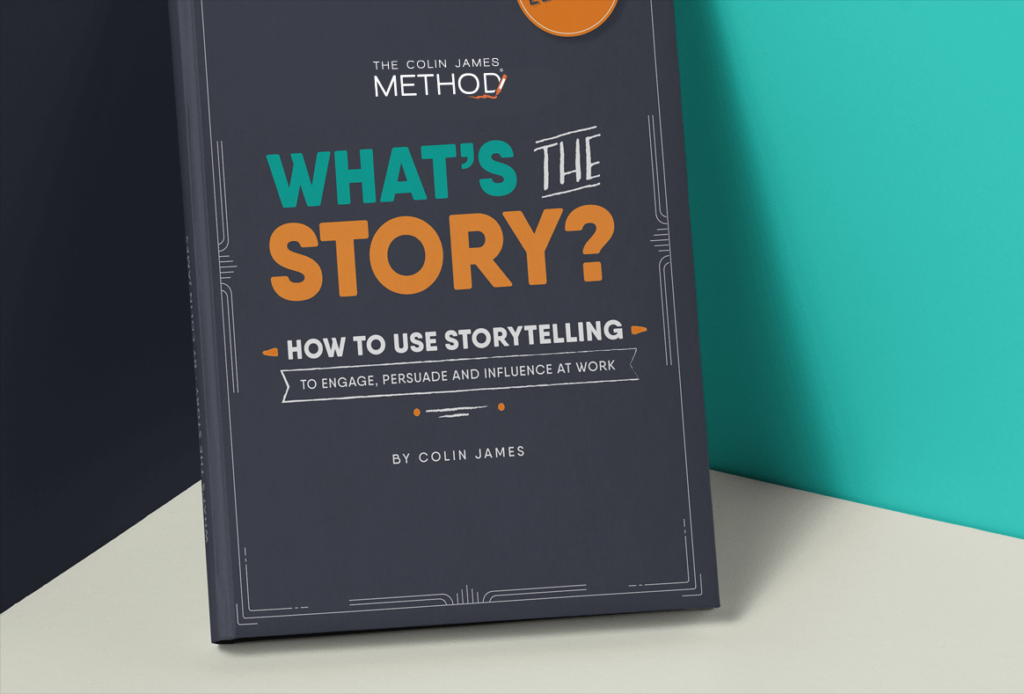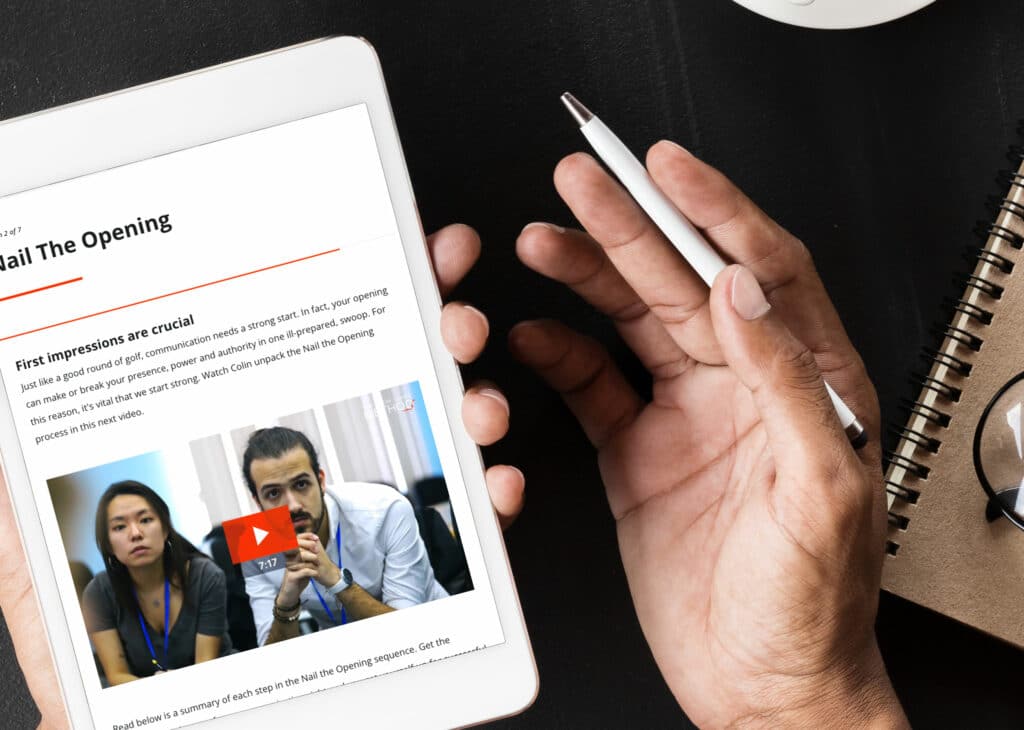At our first meeting five weeks ago I sat across the table from a client, let’s call her Allison. She was preparing to deliver the organisation strategy to the board. She works in one of the major insurance companies in Australia as Group Executive responsible for Strategy and Operations. She is a woman of immense accomplishment and experience, however, this was the first time she would lead the strategy conversation with the board. Allison realised this was a significant challenge as the insurance industry is facing enormous changes on a number of fronts and she wanted to ensure that her management of this session was done professionally, smoothly and productively.
“My problem is that I have way too much content and I don’t know how to best manage this…” In front of her was a hefty document. “This is the strategy document that will be bundled in the board papers. It’s over 250 pages and this is the short form. How do I talk to the strategic plan without falling into details?”
Whenever we hear ‘too much content’ from our clients we reach for our ICM (Intelligent Content Management) framework in The Colin James Method®.
Way back in 1956 the cognitive psychologist George A. Miller, of Princeton University’s Department of Psychology, suggested in a famous article in the Psychological Review that the number of objects an average human can hold in working memory is 7 ± 2. This is frequently referred to as Miller’s Law. The word ‘objects’ is now known as ‘chunks’. More recent analysis suggests that 5 ± 2 is closer to the mark. The point here is that it does not take much to overwhelm people with too many chunks, too much data.
We see this all the time. A presenter loads up PowerPoint slides with screeds of content and we see the audience go into that ‘waking sleep’ state, as their capacity to take in this data dump is simply impossible. This is waste of everyone’s time.
Effective content management needs to take account of people’s capacity to absorb and process information. The way content is designed and delivered is critical to hold audience engagement and buy-in.
An effective presenter does three things well…
- Creates relevance
- Sets the context
- Frames content in bite-sized neurologically friendly chunks
1. Creates relevance
In order to create neurological receptivity (a technical description of the word ‘interest’) the opening minutes need to ‘sell’ the WIIFM (what’s in it for me?) from the audience’s perspective. This is done through demonstrating a compelling “why” it is worth participating in the session with full attention and commitment
2. Sets the context
You may know the expression ‘all meaning is contextual’. According to contextual learning theory, your audience can only process new information or knowledge in such a way that it makes sense to them in their own frames of reference (their own inner worlds of memory, experience, and response). The mind naturally seeks meaning in context by searching for relationships that make sense and appear useful. Relevance sparks interest and attention and context setting cements the value of what is about to be presented.
3. Frames content in bite-sized neurological friendly chunks
Forecasting ‘chunks’ ensures the audience will stay with you. For example, you could say “Our forthcoming campaign has four phases. They are Planning, Design, Building Artifacts and, finally, Execution. Let’s start with Planning…and here we have five steps to ensure success.” This simple structure works superbly.
In The Colin James Method®, we use CPD Hierarchy.
Concept – The concept is your big idea, topic or issue under discussion.
Principles – These are the main points that your big idea is built upon. Think of them as columns; without your Principles, the Concept comes crumbling down. In a presentation, these would be your main points that demonstrate the truth of your big idea. Or for a question, these are the key areas you need to ‘unpack’ in order to answer the question effectively.
Details – Each Principle is made up of a number of Details. Rather than being the columns (like the Principles are), the Details are the bricks and mortar. This is where validating data, key numbers, explanations, illustrations and applications are added for each point you’re trying to make.
In essence, CPD hierarchy intelligently manages your content to support your audience as they follow the logic of what you’re saying. It also helps you remember your content without needing a script. Structured like this it also makes sure that everything you say is relevant and contributes to your core theme. When presenting; introduce the Concept first, follow this with the three to five Principles to lay out the structure, and then return to discuss one Principle at a time and embellish and support with Details.
Allison developed her board presentation along these lines. Relevance focused on why it was imperative the board back the strategy for dealing with some industry disruption on a number of key levels, from regulation down to dramatic changes in how consumers buy insurance. Context framed Allison’s presentation as a high-level overview before getting down to Q & A. Allison organised her content using CPD and had four Principles to ‘chunk’ the strategy.
Her board presentation and discussion concluded with the Chairperson saying “this was the most useful and substantive conversation on strategy we have ever had. Congratulations Allison…very impressive.”
Learn how to increase communication skills and perfect your presenting skills by joining the Mastering Communication program. Study at your own pace online or attend a two-day live immersion with the team. Discover skills that will ensure you manage content intelligently, remember all your content and deliver your message effectively.

The Colin James Method® Facilitators train corporate executives to improve their professional communication skills with a proven methodology. Our highly trained Facilitators and Coaches are recognised for their experience in their fields and have worked with many individuals and organisations around the world to master the art of communication.










